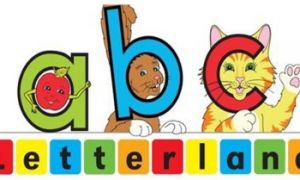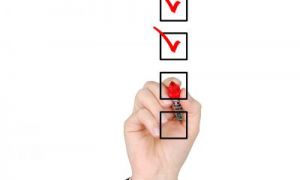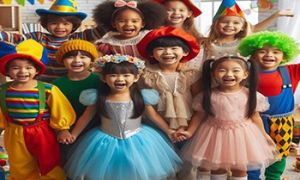Outcome 4: Children Are Confident And Involved Learners in the Early Years Learning Framework (EYLF) focuses on fostering children's curiosity, creativity, and inquiry. The following article provides information on Key Learning Goals, Strategies To Support Learning Goals, Activities That Link To EYLF Learning Outcome 4, Lesson Plan Sample For EYLF Outcome 4, and more.
Key Learning Goals
Develop Curiosity and Inquiry
-
Exploration: Encourage children to explore their environment and materials to satisfy their curiosity.
-
Problem-Solving: Support children in developing basic problem-solving skills through trial and error and guided discovery.
-
Questioning: Foster a sense of inquiry by encouraging children to ask questions and seek answers.
2. Foster Creativity and Imagination
-
Creative Expression: Provide opportunities for children to express themselves creatively through various mediums such as art, music, and storytelling.
-
Imaginative Play: Encourage children to engage in imaginative play and role-playing activities that stimulate their creativity.
3. Promote Persistence and Concentration
-
Focus on Tasks: Help children develop the ability to focus on tasks and activities for increasing periods.
-
Persistence in Learning: Encourage children to persist in their efforts, even when faced with challenges, to build resilience.
4. Enhance Cognitive Skills
-
Critical Thinking: Support the development of critical thinking skills by encouraging children to make connections and reason logically.
-
Memory and Recall: Strengthen memory and recall abilities through repetitive and engaging activities.
Strategies To Support Learning Goals
Encourage Curiosity and Inquiry
-
Open-Ended Questions: Ask children open-ended questions that stimulate thinking and curiosity, such as "What do you think will happen if...?" or "How can we find out more about...?"
-
Exploration Areas: Create areas with diverse materials for children to explore, such as nature corners, science tables, and sensory bins.
-
Observation and Documentation: Observe and document children's interests and inquiries, then provide resources and experiences that extend their learning.
2. Foster Creativity and Imagination
-
Creative Arts: Provide a variety of art materials and encourage children to express themselves through drawing, painting, and crafting.
-
Imaginative Play: Set up themed dramatic play areas (e.g., a kitchen, doctor's office, or grocery store) to inspire role-playing and imaginative scenarios.
-
Storytelling: Encourage children to create their own stories and narratives, either verbally or through drawing and acting.
3. Promote Persistence and Concentration
-
Goal Setting: Help children set achievable goals and celebrate their progress and achievements.
-
Challenging Activities: Introduce activities that challenge children just beyond their current abilities to foster persistence and problem-solving.
-
Positive Reinforcement: Use positive reinforcement to acknowledge children's efforts and persistence, such as praise and encouragement.
4. Enhance Cognitive Skills
-
Critical Thinking Activities: Provide puzzles, sorting games, and matching activities that promote critical thinking and reasoning.
-
Science and Experimentation: Conduct simple science experiments that encourage children to observe, predict, and draw conclusions.
-
Memory Games: Use memory games and activities that strengthen recall abilities, such as matching pairs or sequence games.
5. Support Social and Emotional Development
-
Collaborative Play: Encourage group activities and collaborative play to develop social skills and teamwork.
-
Emotion Coaching: Help children identify and express their emotions through activities like emotion cards or storytelling.
-
Conflict Resolution: Teach children conflict resolution skills and provide guidance on how to navigate social interactions.
By implementing these strategies, you can support children in becoming confident and involved learners, aligning with EYLF Outcome 4.
Activities That Link To EYLF Learning Outcome 4
Here are some engaging activities that link to EYLF Outcome 4: Children Are Confident And Involved Learners.
Exploration and Inquiry Activities
-
Nature Walks: Organize regular nature walks to explore the environment, collect leaves, rocks, and observe insects. Encourage children to ask questions and discuss their findings.
-
Science Experiments: Conduct simple experiments such as mixing colors, growing plants, or creating volcanoes with baking soda and vinegar. Let children predict outcomes and observe changes.
2. Creative and Imaginative Play
-
Art Projects: Set up an art station with various materials like paints, crayons, and recycled objects. Encourage children to create their own artwork and express their creativity.
-
Role-Playing: Create themed role-playing areas like a grocery store, doctor's office, or kitchen. Provide costumes and props to stimulate imaginative play and social interaction.
3. Problem-Solving Activities
-
Puzzles and Games: Provide puzzles, matching games, and building blocks that challenge children to think critically and solve problems.
-
Construction Play: Offer building materials like LEGO, wooden blocks, and magnetic tiles. Encourage children to design and build structures, promoting spatial awareness and creativity.
4. Music and Movement
-
Dance and Music Sessions: Play different types of music and encourage children to dance and move to the rhythms. Use musical instruments to explore sounds and rhythms.
-
Action Songs: Sing action songs and nursery rhymes that involve movement and coordination, such as "Head, Shoulders, Knees, and Toes" or "The Hokey Pokey."
5. Literacy and Storytelling
-
Story Time: Read a variety of books and encourage children to participate by asking questions and discussing the story. Use props and puppets to make storytelling interactive and engaging.
-
Creative Writing: Provide materials for children to create their own stories, either through drawings or simple written words. Encourage them to share their stories with peers.
6. Outdoor Play
-
Obstacle Courses: Set up obstacle courses in the outdoor play area to develop children's physical skills and promote teamwork.
-
Gardening: Involve children in gardening activities, such as planting seeds, watering plants, and observing growth. Discuss the importance of nature and caring for the environment.
Lesson Plan Sample For EYLF Outcome 4
Here's a sample lesson plan for achieving EYLF Outcome 4: Children Are Confident And Involved Learners.
Lesson Plan: Exploring Nature
Objective: To foster curiosity, creativity, and problem-solving skills through exploration of the natural environment.
Duration: 1 hour
Materials Needed:
-
Magnifying glasses
-
Small containers or baskets
-
Clipboards and paper
-
Crayons and markers
-
Nature books
Activities:
1. Introduction (10 minutes)
-
Discussion: Gather the children in a circle and discuss what they know about nature. Ask open-ended questions like, "What do you find in the garden?" and "Why are plants important?"
-
Explain the Activity: Introduce the plan to explore the garden and collect interesting natural objects.
2. Nature Walk and Exploration (20 minutes)
-
Explore the Garden: Take the children on a nature walk around the garden. Encourage them to use magnifying glasses to look closely at plants, insects, and other natural objects.
-
Collect Items: Allow children to collect small natural objects, such as leaves, flowers, and stones, in their containers or baskets.
3. Observation and Recording (15 minutes)
-
Observe and Draw: Provide clipboards, paper, crayons, and markers. Ask children to choose one or two items they collected and draw them. Encourage them to notice details like color, shape, and texture.
-
Share Observations: Gather the children and ask them to share their drawings and observations. Discuss what they noticed and learned.
4. Creative Expression (10 minutes)
-
Nature Collage: Use the collected items to create a nature collage. Provide a large piece of paper and glue for the children to arrange and stick their items. This activity encourages creativity and collaboration.
5. Story Time and Reflection (5 minutes)
-
Read a Nature Book: Read a book related to nature, such as "The Tiny Seed" by Eric Carle or "We Are Water Protectors" by Carole Lindstrom.
-
Reflection: Ask children what they enjoyed the most about the activity and what new things they learned.
Assessment:
-
Observation: Observe children's engagement and participation during the activities.
-
Questions: Ask children about their favorite part of the lesson and what they discovered.
-
Artwork: Review the drawings and collages created by the children to assess their observation and creative skills.
Links to EYLF Outcome 4:
-
Curiosity and Inquiry: Encouraging exploration and observation of the natural environment.
-
Creative Expression: Providing opportunities for children to express themselves through drawing and collage-making.
-
Problem-Solving Skills: Engaging children in observing and identifying different natural objects.
Further Reading
EYLF Learning Outcome 4
Activity Ideas To Promote EYLF Outcome 4
Learning Goals And Activities To Achieve EYLF Learning Outcome 2
Learning Goals And Activities To Achieve EYLF Learning Outcome 3
EYLF Outcome 1: Children Have A Strong Sense Of Identity V2.0 - The following lists the sub outcomes, examples of evidence when children can achieve each sub outcome and how educators can promote and help children to achieve EYLF Learning Outcome 1: Children Have A Strong Sense Of Identity
EYLF Outcome 3: Children Have A Strong Sense Of Wellbeing V2.0. The following lists the sub-outcomes, examples of evidence when children achieve each sub-outcome and how educators can promote and help children to achieve EYLF Outcome 3: Children Have A Strong Sense Of Wellbeing V2.0.
EYLF Outcome 4: Children Are Confident And Involved Learners V2.0 The following lists the sub-outcomes, examples of evidence when children achieve each sub-outcome and how educators can promote and help children to achieve EYLF Outcome 4: Children Are Confident And Involved Learners V2.0.
EYLF Outcome 5: Children Are Effective Communicators V2.0: The following lists the sub-outcomes, examples of evidence when children achieve each sub-outcome and how educators can promote and help children to achieve EYLF Outcome 5: Children Are Effective Communicators V2.0


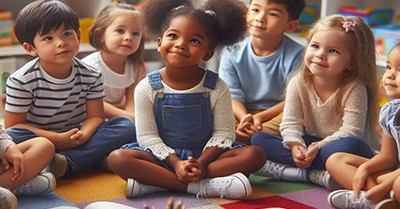


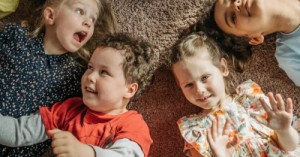

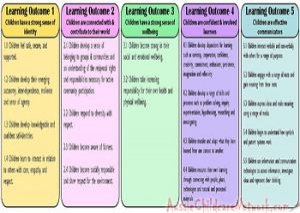 Here is the list of the EYLF Learning Outcomes that you can use as a guide or reference for your documentation and planning. The EYLF
Here is the list of the EYLF Learning Outcomes that you can use as a guide or reference for your documentation and planning. The EYLF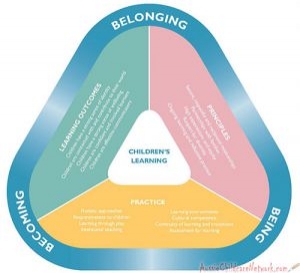 The EYLF is a guide which consists of Principles, Practices and 5 main Learning Outcomes along with each of their sub outcomes, based on identity,
The EYLF is a guide which consists of Principles, Practices and 5 main Learning Outcomes along with each of their sub outcomes, based on identity, This is a guide on How to Write a Learning Story. It provides information on What Is A Learning Story, Writing A Learning Story, Sample
This is a guide on How to Write a Learning Story. It provides information on What Is A Learning Story, Writing A Learning Story, Sample One of the most important types of documentation methods that educators needs to be familiar with are “observations”. Observations are crucial for all early childhood
One of the most important types of documentation methods that educators needs to be familiar with are “observations”. Observations are crucial for all early childhood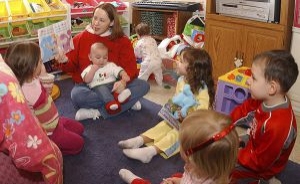 To support children achieve learning outcomes from the EYLF Framework, the following list gives educators examples of how to promote children's learning in each individual
To support children achieve learning outcomes from the EYLF Framework, the following list gives educators examples of how to promote children's learning in each individual Reflective practice is learning from everyday situations and issues and concerns that arise which form part of our daily routine while working in an early
Reflective practice is learning from everyday situations and issues and concerns that arise which form part of our daily routine while working in an early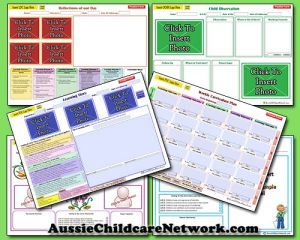 Within Australia, Programming and Planning is reflected and supported by the Early Years Learning Framework. Educators within early childhood settings, use the EYLF to guide
Within Australia, Programming and Planning is reflected and supported by the Early Years Learning Framework. Educators within early childhood settings, use the EYLF to guide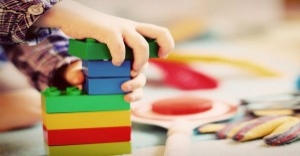 When observing children, it's important that we use a range of different observation methods from running records, learning stories to photographs and work samples. Using
When observing children, it's important that we use a range of different observation methods from running records, learning stories to photographs and work samples. Using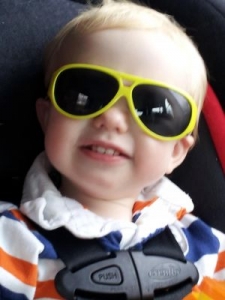 This is a guide for educators on what to observe under each sub learning outcome from the EYLF Framework, when a child is engaged in
This is a guide for educators on what to observe under each sub learning outcome from the EYLF Framework, when a child is engaged in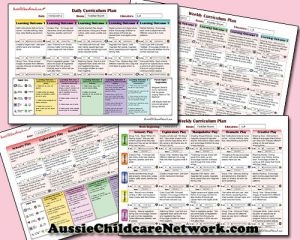 The Early Years Learning Framework describes the curriculum as “all the interactions, experiences, activities, routines and events, planned and unplanned, that occur in an environment
The Early Years Learning Framework describes the curriculum as “all the interactions, experiences, activities, routines and events, planned and unplanned, that occur in an environment